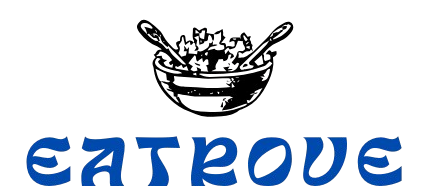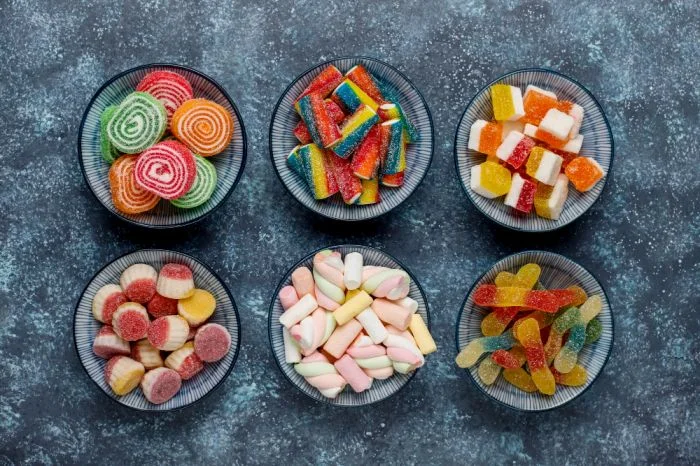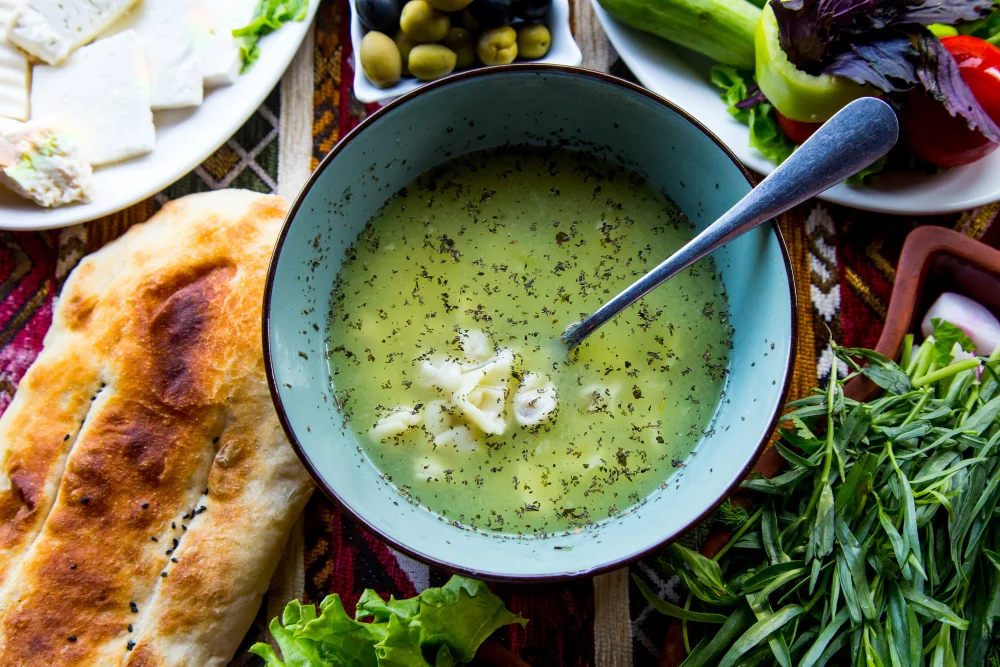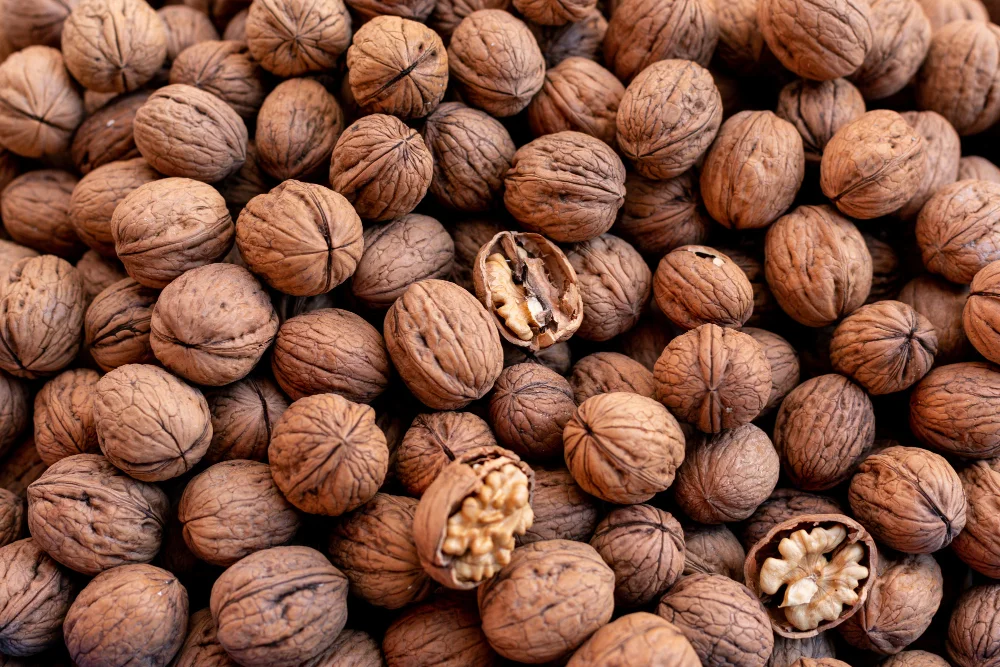Have you ever been halfway through baking your favourite brownies, only to realise your measuring cup has mysteriously vanished? I remember a Sunday afternoon when I was preparing a sponge cake for a family gathering. Midway through, I discovered my only quarter-cup measure had cracked. I had tablespoons, but no clue how many I’d need to replace that missing quarter cup. It was a moment of mild panic—but also the beginning of learning one of the most practical kitchen conversions: How many tablespoons are there in a quarter cup?
The short answer: 1/4 cup equals 4 tablespoons. But the longer explanation—why it matters, how to use it, and the mistakes to avoid—can truly make or break your cooking and baking.
Why Measuring Accurately Matters in the Kitchen
Cooking can sometimes be forgiving—you can throw in “a pinch” of this or “a splash” of that, and it still tastes good. But baking is different. It’s chemistry. Too much flour, too little sugar, or a tablespoon too many of oil can completely change the outcome.
A study published in the Journal of Food Science highlighted that even a 5% deviation in measured ingredients can alter texture and flavour in baked goods. That’s why professional chefs and bakers swear by accuracy. As Chef Mary Berry once put it, “Baking is not guesswork; it’s precision in its most delicious form.”
So when you know exactly how many tablespoons make up a quarter cup, you don’t just avoid frustration—you ensure your recipes turn out consistently well.
The Basic Conversion: 1/4 Cup = 4 Tablespoons
Let’s start with the fundamental fact:
- 1 US cup = 16 tablespoons
- Therefore, 1/4 cup = 4 tablespoons
This conversion holds true across most standard American and metric kitchen measurements. If you’re in the UK or Australia, the tablespoon size can vary slightly (15 ml in the UK vs 20 ml in Australia), but the principle remains consistent.
Quick Reference Table
| Measurement | Equivalent |
|---|---|
| 1 cup | 16 tablespoons |
| 1/2 cup | 8 tablespoons |
| 1/4 cup | 4 tablespoons |
| 1/8 cup | 2 tablespoons |
Real-World Example: Swapping Measures in Baking
During that cake incident I mentioned earlier, I needed 1/4 cup of butter. Instead of giving up, I scooped four level tablespoons of butter, pressed them together, and added them to the bowl. The cake came out fluffy, moist, and perfectly balanced.
This small trick saved the day and has since become a go-to in my kitchen whenever a specific measuring cup goes missing.
Expert Insight: Why Some Chefs Prefer Tablespoons
Interestingly, some chefs intentionally measure in tablespoons for better control. According to The Culinary Institute of America, tablespoons give more precision for smaller amounts, especially when scaling recipes down.
For example:
- Sauces & dressings: Measuring in tablespoons helps balance flavours when experimenting.
- Spices: Tablespoons allow accuracy when a recipe calls for just the right hint of spice.
Chef Nigella Lawson once mentioned in an interview that she often prefers tablespoons over cups for certain recipes, simply because they feel more “hands-on and instinctive.”
Common Mistakes When Converting Cups to Tablespoons
- Using a soup spoon instead of a tablespoon measure. Kitchen tablespoons are exact, while cutlery spoons vary widely.
- Not levelling off ingredients. A heaped tablespoon of flour can weigh almost double a level tablespoon.
- Mixing up US and UK/Australian tablespoons. Remember, a UK tablespoon is 15 ml, while an Australian one is 20 ml. That difference matters, especially in baking.
- Forgetting ingredient density. A tablespoon of cocoa powder does not weigh the same as a tablespoon of butter. Always measure by volume, not weight, unless your recipe specifies otherwise.
Practical Takeaways for Everyday Cooking
- Memorise this simple rule: 1/4 cup = 4 tablespoons.
- Keep a backup plan: If your cup measures break or disappear, tablespoons are your reliable fallback.
- Buy a good set of measuring spoons: Avoid guesswork by investing in accurate kitchen tools.
- Cross-check recipes: If following international recipes, check if they use US or metric standards.
Beyond the Kitchen: Why Conversions Are an Essential Skill
Accurate conversions don’t just save you in cooking—they’re also a valuable life skill. I once worked on a food blog project where every recipe needed to be translated from American to British measurements. Understanding conversions like “1/4 cup = 4 tablespoons” made the process seamless and helped readers across the globe try the same dish without confusion.
It’s also an evergreen skill: whether you’re cooking today, next year, or twenty years down the line, this conversion will never change.
Frequently Asked Questions
How many teaspoons are in 1/4 cup?
Since 1 tablespoon = 3 teaspoons, 1/4 cup (which equals 4 tablespoons) = 12 teaspoons.
Is 1/4 cup the same as 60 ml?
Almost. In the US, 1/4 cup = 59.15 ml, which is usually rounded up to 60 ml in recipes.
Can I use tablespoons instead of a 1/4 cup measure?
Yes, absolutely. Just use 4 level tablespoons to equal 1/4 cup.
Does it matter if I use UK, US, or Australian measurements?
Yes. A UK tablespoon is 15 ml, a US tablespoon is about 14.8 ml, and an Australian tablespoon is 20 ml. Always check your recipe’s origin and adjust accordingly.
What if I only have teaspoons?
You’ll need 12 teaspoons to make 1/4 cup.
Read Also: Mukimame vs Edamame: What’s the Real Difference and Which Should You Choose?
Final Thoughts
Knowing how many tablespoons are in 1/4 cup might seem like a small detail, but it’s one that can save your recipe—and your sanity. From that Sunday sponge cake to dozens of future dishes, this conversion has proven invaluable in my own cooking journey.
Next time you’re short on measuring cups, you’ll know exactly what to do. And if you’ve ever been saved by a clever kitchen conversion, I’d love to hear your story. Share it in the comments—because in cooking, the little tips often make the biggest difference.
















